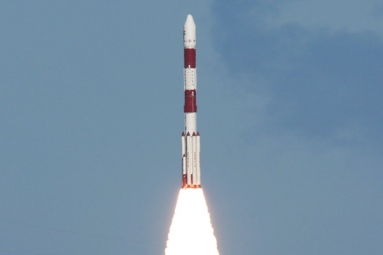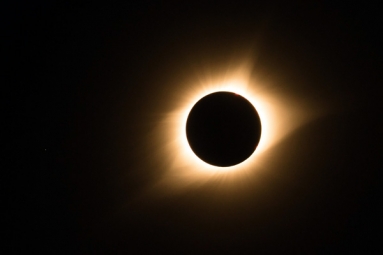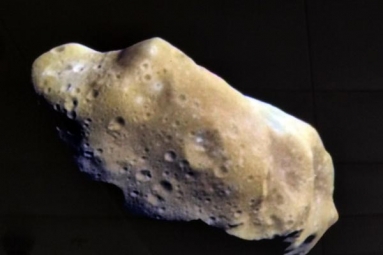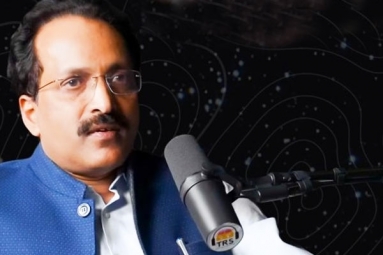
The Indian Space Research Organisation has launched the remote sensing satellite, Resourcesat-2A, using its workhorse Polar Satellite Launch Vehicle (PSLV), on December 7th.
The launch vehicle blasted off at nearly 10:30 AM from Satish Dhawan Space Centre at Sriharikota in Andhra Pradesh.
The satellite had been planned earlier for the launch on November 28. ISRO had began a 36 hour countdown from Monday night.
The launch has completed the fourth stage (PS4) of the PSLV-C36, the 38th flight of the launch vehicle.
The space mission will place the 1,235 kg remote sensing satellite into an 817-km polar Sun Synchronous Orbit (SSO).
The satellite, a follow up mission to Resourcesat-1 and Resourcesat-2, launched in 2003 and 2011 respectively, has been intended for continuing the resource monitoring data services to global users.
ISRO informed that the satellite’s payload included a high resolution Linear Imaging Self Scanner (LISS-4) camera which operates in three spectral bands. Medium resolution LISS-3 camera operates in three-spectral bands and one in Short Wave Infrared (SWIR) band with coarse resolution. Advanced Wide Field Sensor (AWiFS) camera that operates in three spectral bands and one band in SWIR, with specified spatial resolutions.
Resourcesat-2A engages two solid state recorders with a capacity of 200 Giga Bits, each to store the images taken by its cameras which can be read out later to ground stations.
The spacecraft mass was around 1,200 kg with a power generation capacity of 1,250 W and a mission life of five years.
Also Read: ISRO begins landing tests for Chandrayaan-2 mission!






















